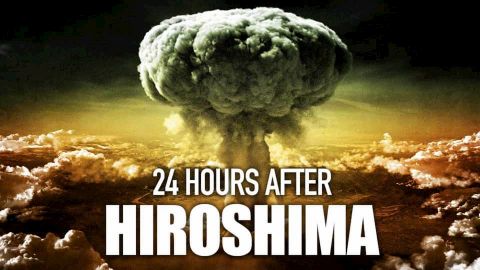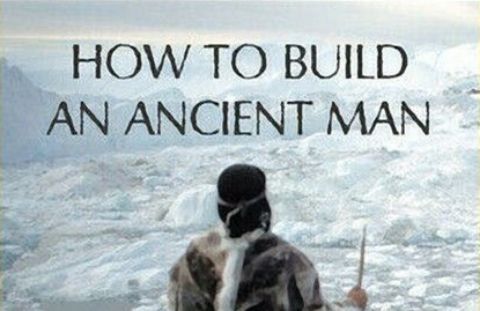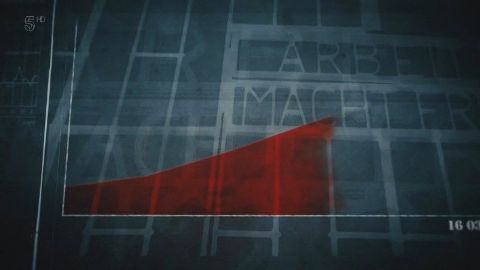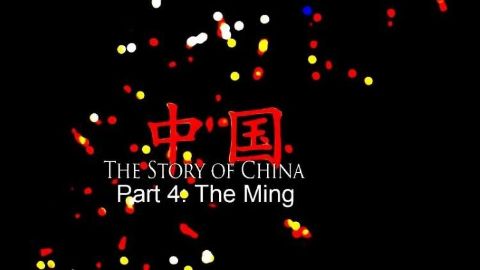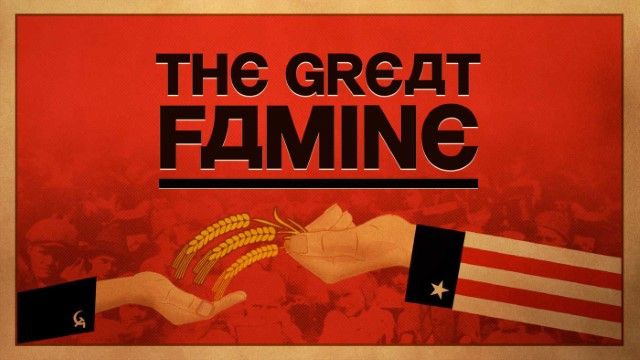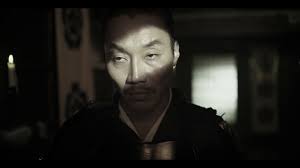How to Build an Ancient Man • 2010 • Explorer
After finding strands of human hair buried in Greenland's permafrost, scientists are attempting the impossible: to be the first to reconstruct the identity of a Stone Age human being through nothing but his ancient locks. From scraps of DNA an ancient face appears. Further discoveries in the genetic code threaten to overturn long-held beliefs of how humans populated the earth. How much does your hair say about you? Scratch that. How much will your hair say about you, in say, 4,000 years? After finding tufts of human hair buried in Greenlands permafrost, scientists will assemble a remarkable human blueprint that details the life of one early human down to the color of his eyes, the shape of his teeth...even his receding hairline. But as the research team, lead by evolutionary biologist Eske Willerslev, break into this genetic code, they find far more than they bargained for, and the discovery threatens to turn our long held concept of how humans populated the earth on its head. In the ultimate cold case, National Geographic will obtain exclusive access to the international team of genetic scientists, archaeologists and paleo- artists who are breathing life into a man dead for 4,000 years, learning everything about him and even the way he and his people lived... through his hair.
Make a donation
Buy a brother a hot coffee? Or a cold beer?
Hope you're finding these documentaries fascinating and eye-opening. It's just me, working hard behind the scenes to bring you this enriching content.
Running and maintaining a website like this takes time and resources. That's why I'm reaching out to you. If you appreciate what I do and would like to support my efforts, would you consider "buying me a coffee"?
Donation addresses
BTC: bc1q8ldskxh4x9qnddhcrgcun8rtvddeldm2a07r2v
ETH: 0x5CCAAA1afc5c5D814129d99277dDb5A979672116
With your donation through , you can show your appreciation and help me keep this project going. Every contribution, no matter how small, makes a significant impact. It goes directly towards covering server costs.
